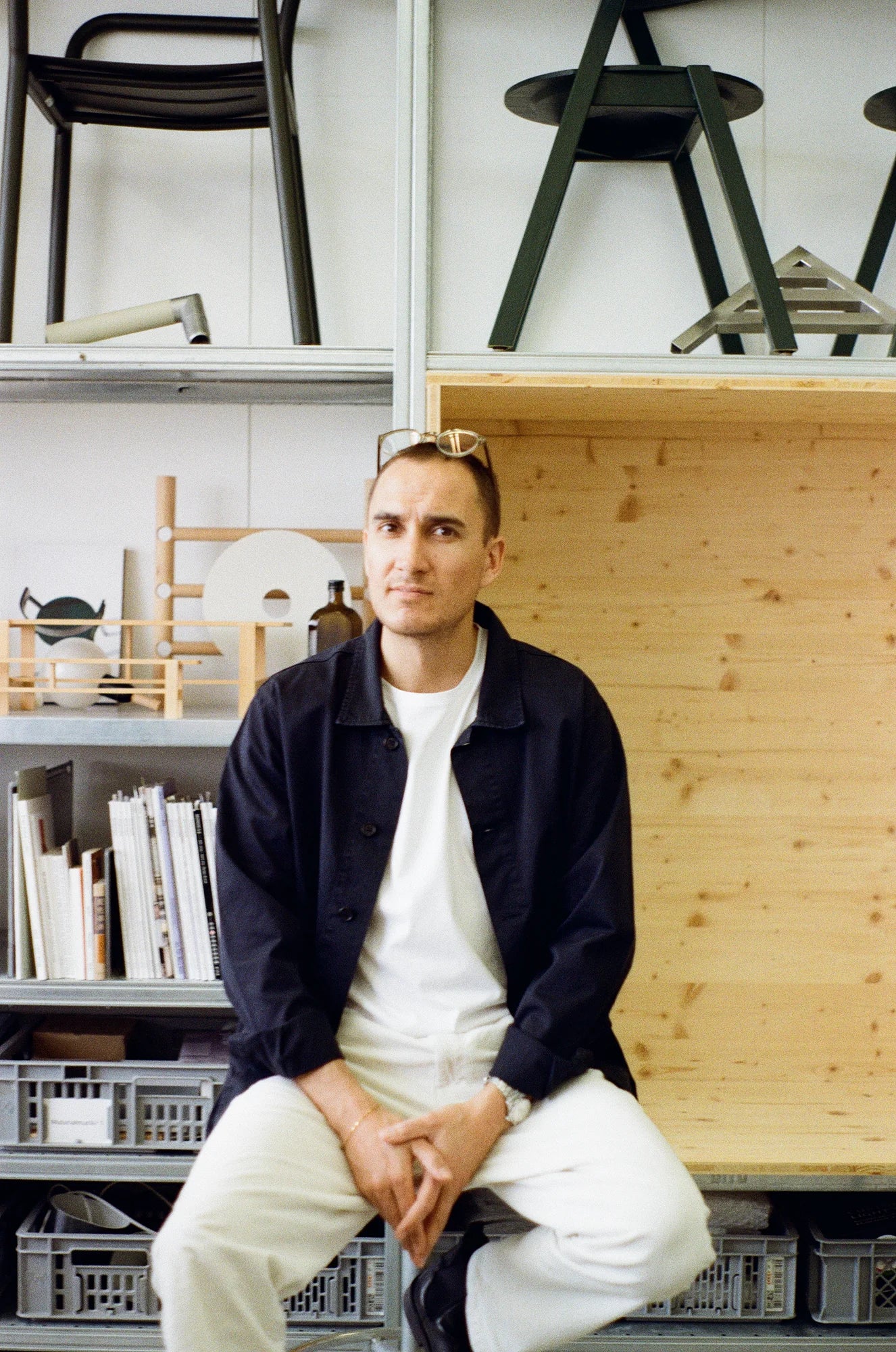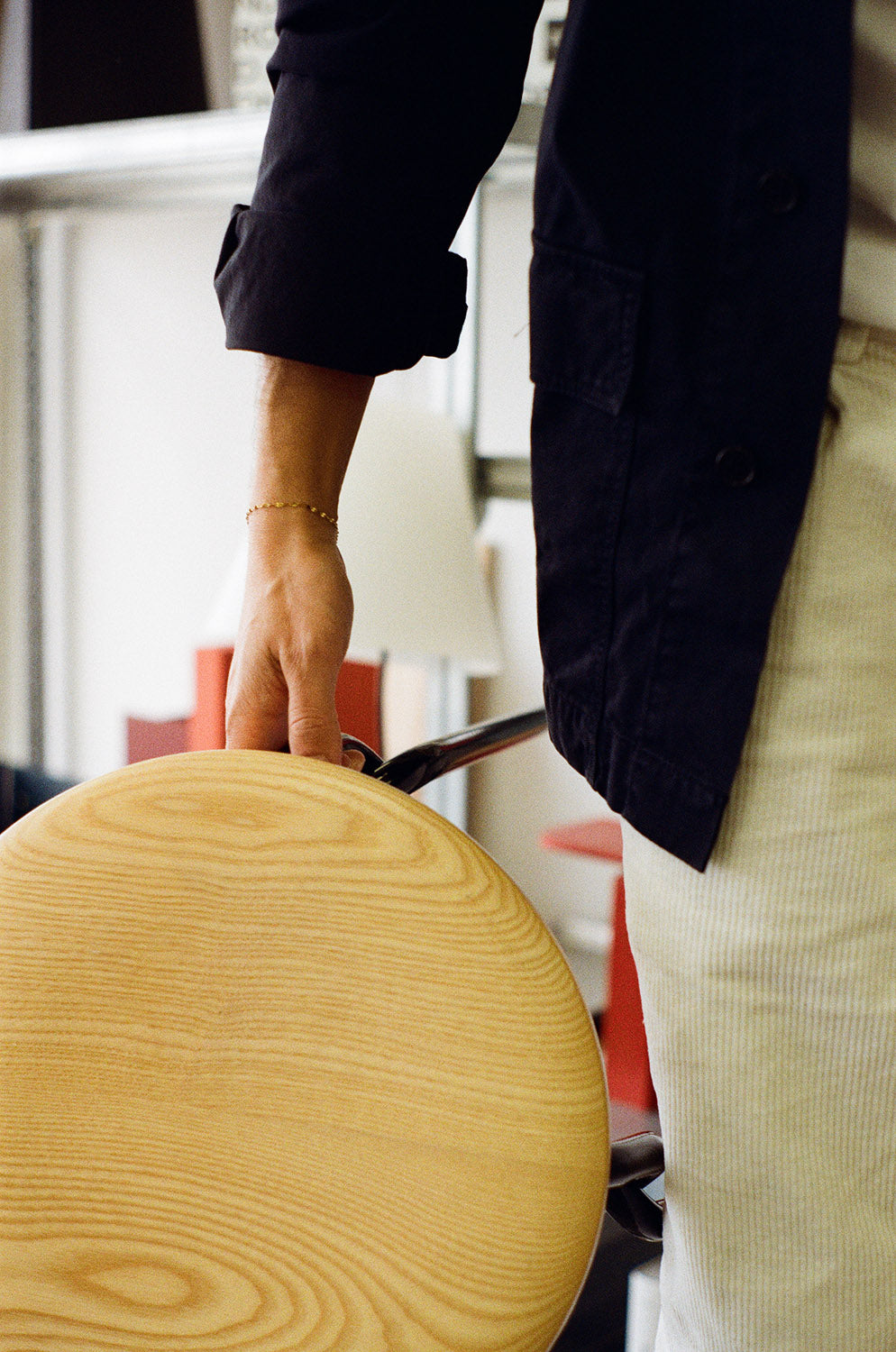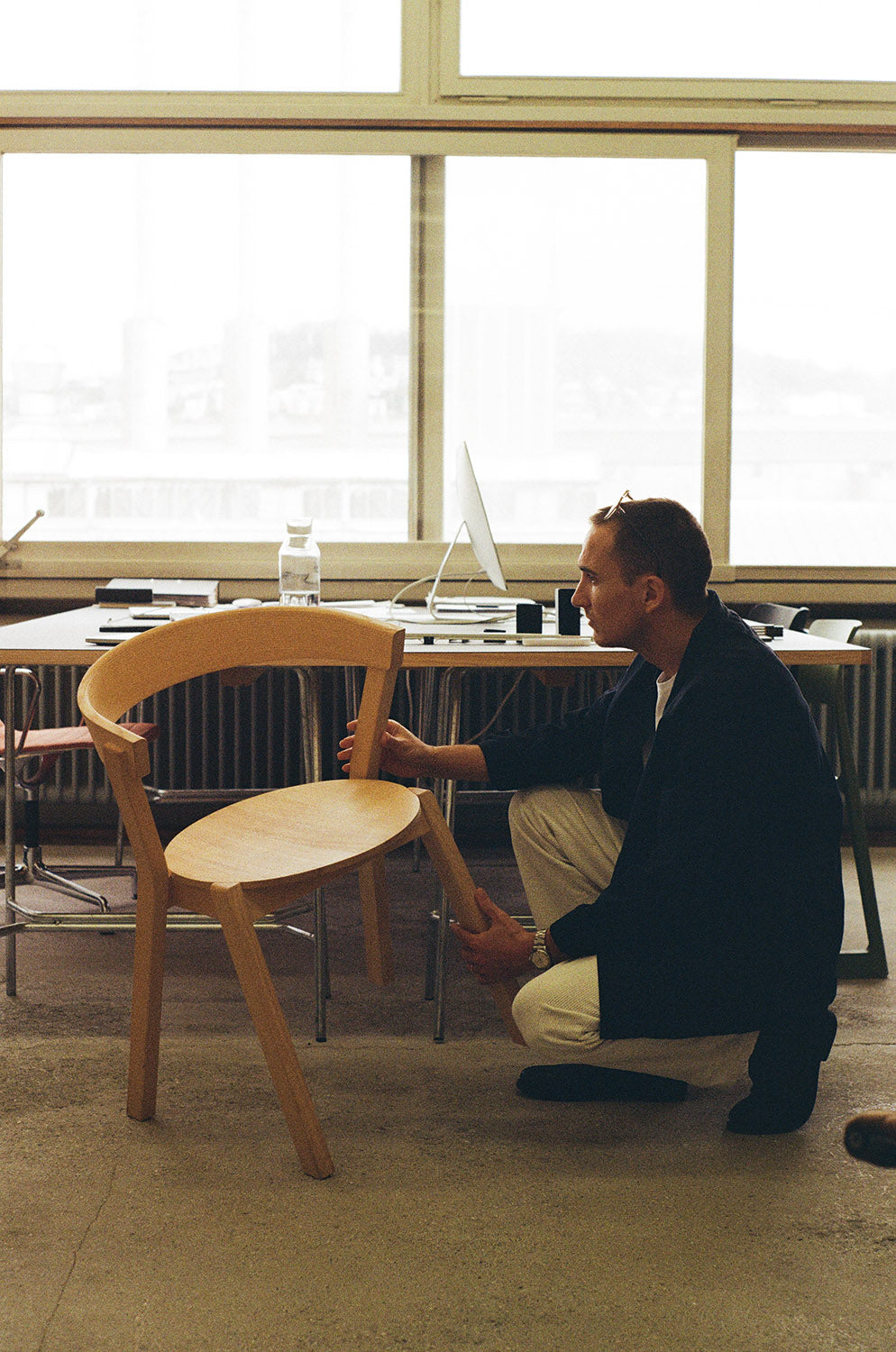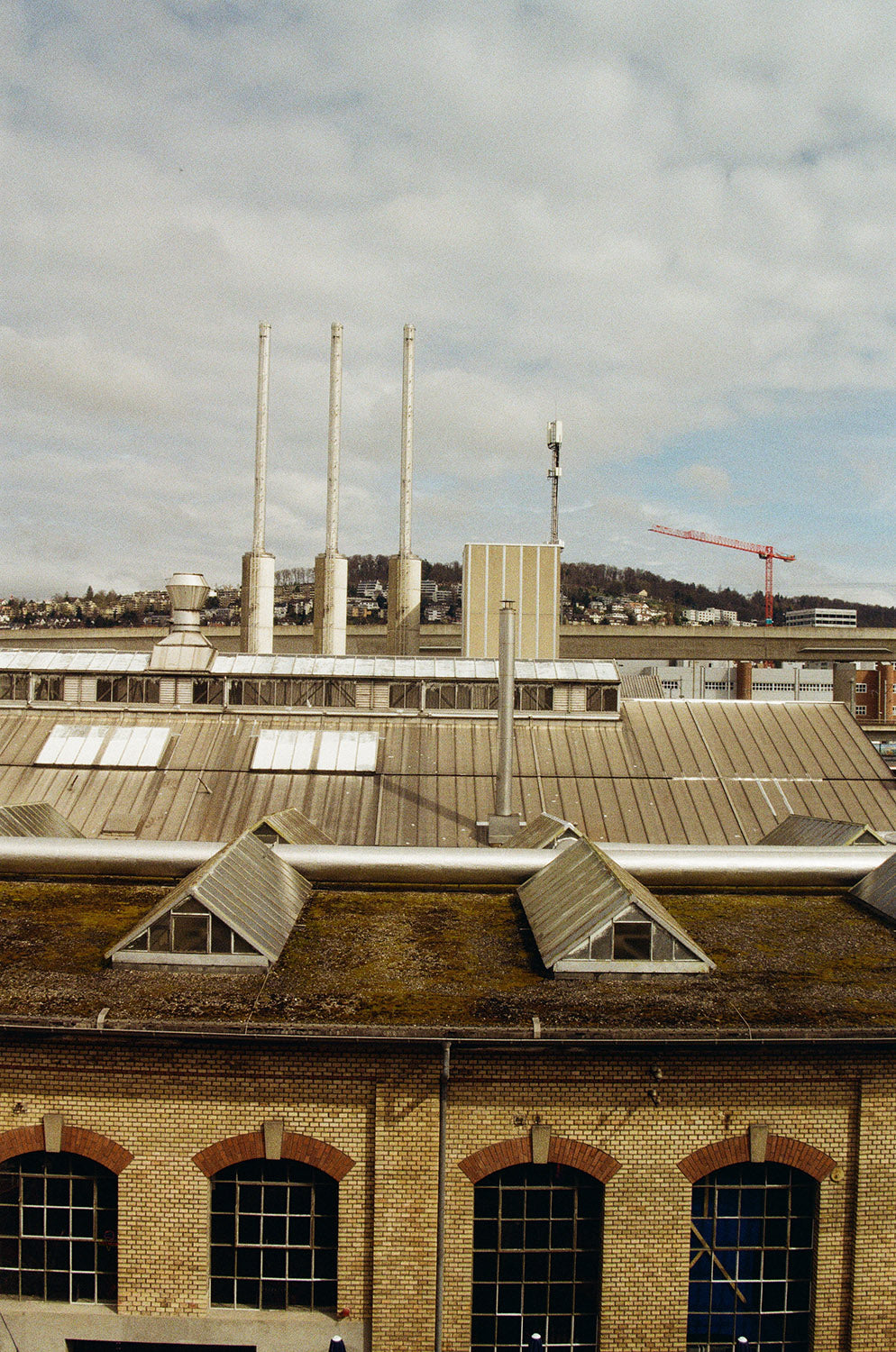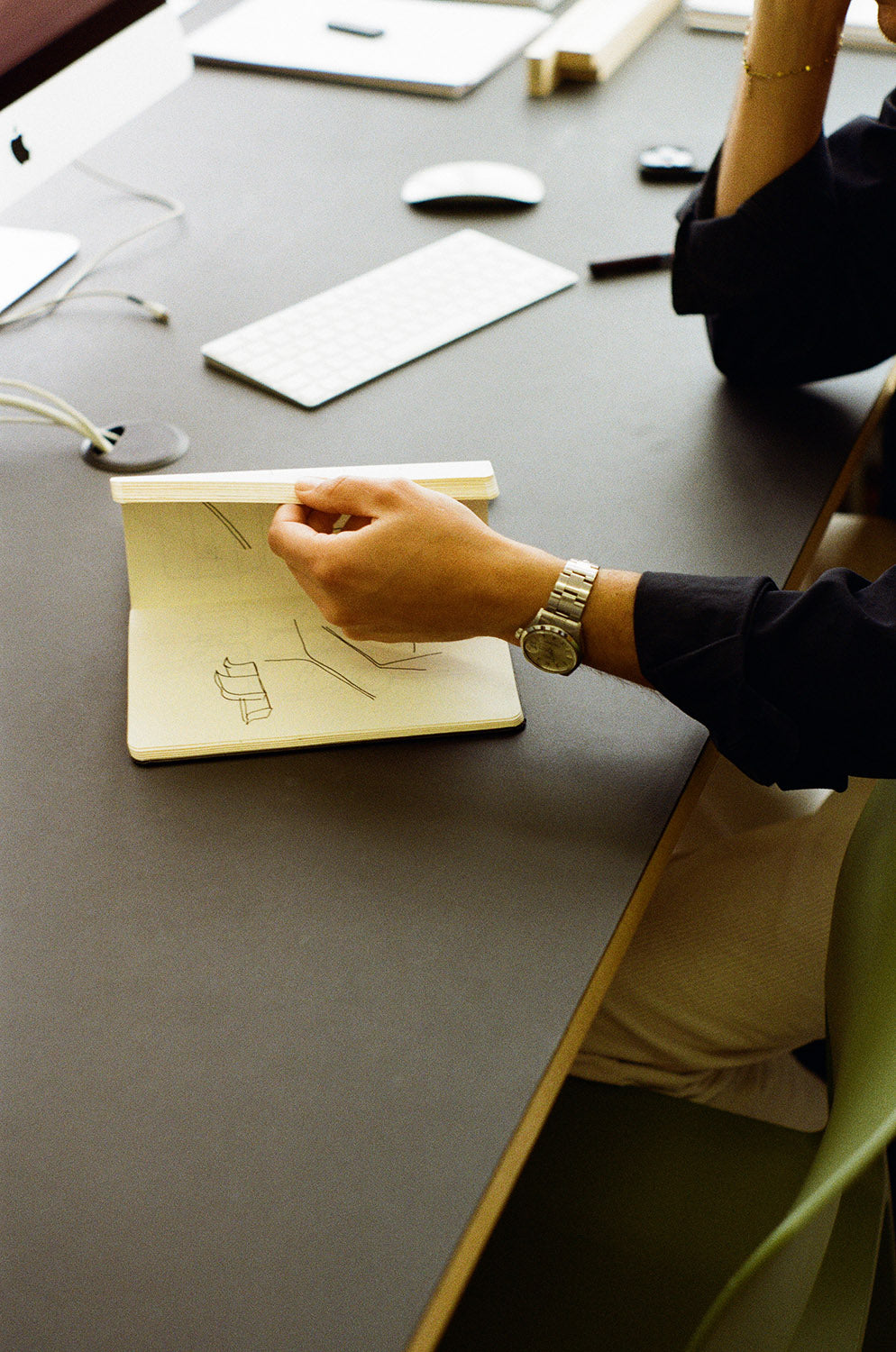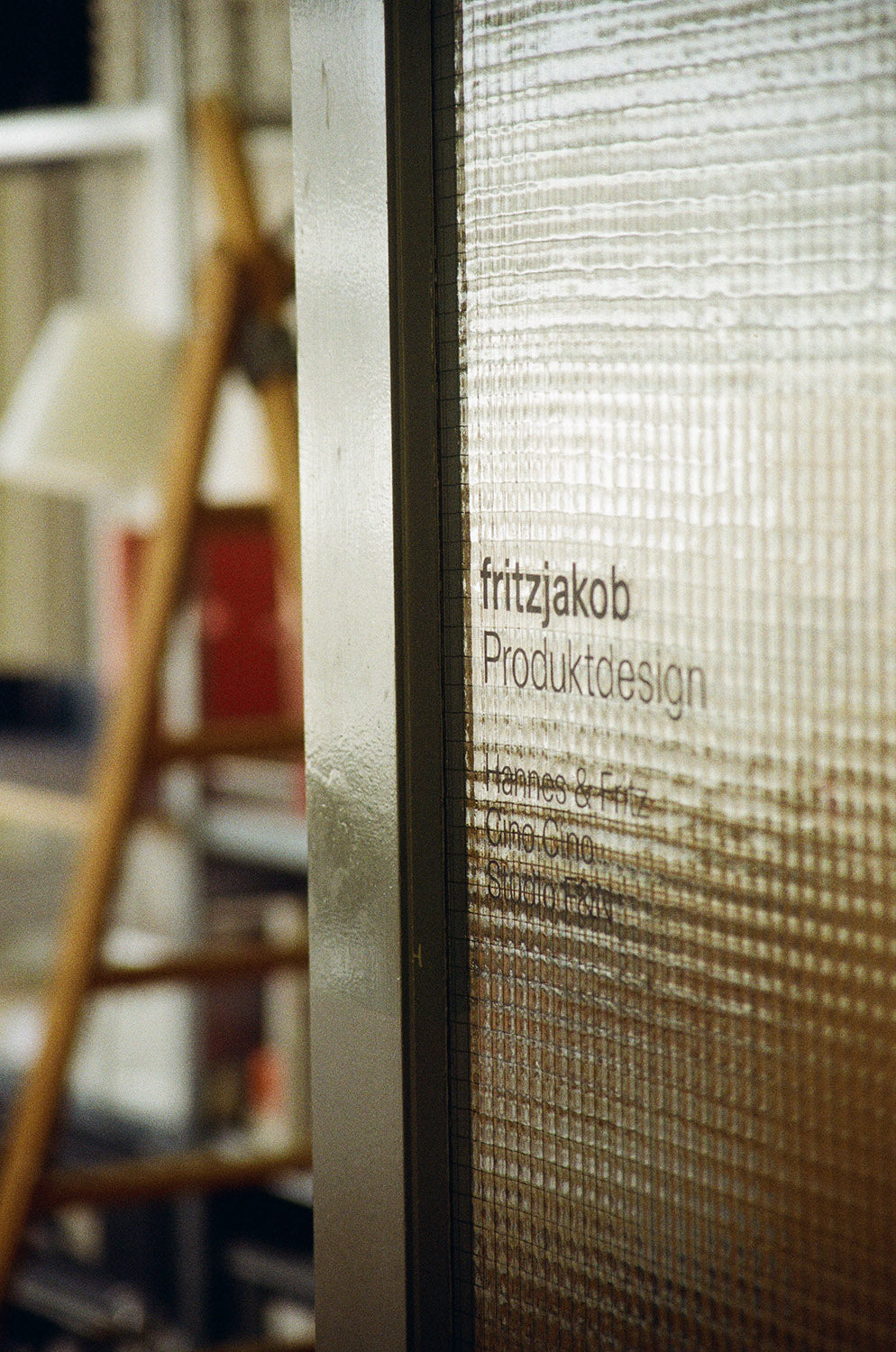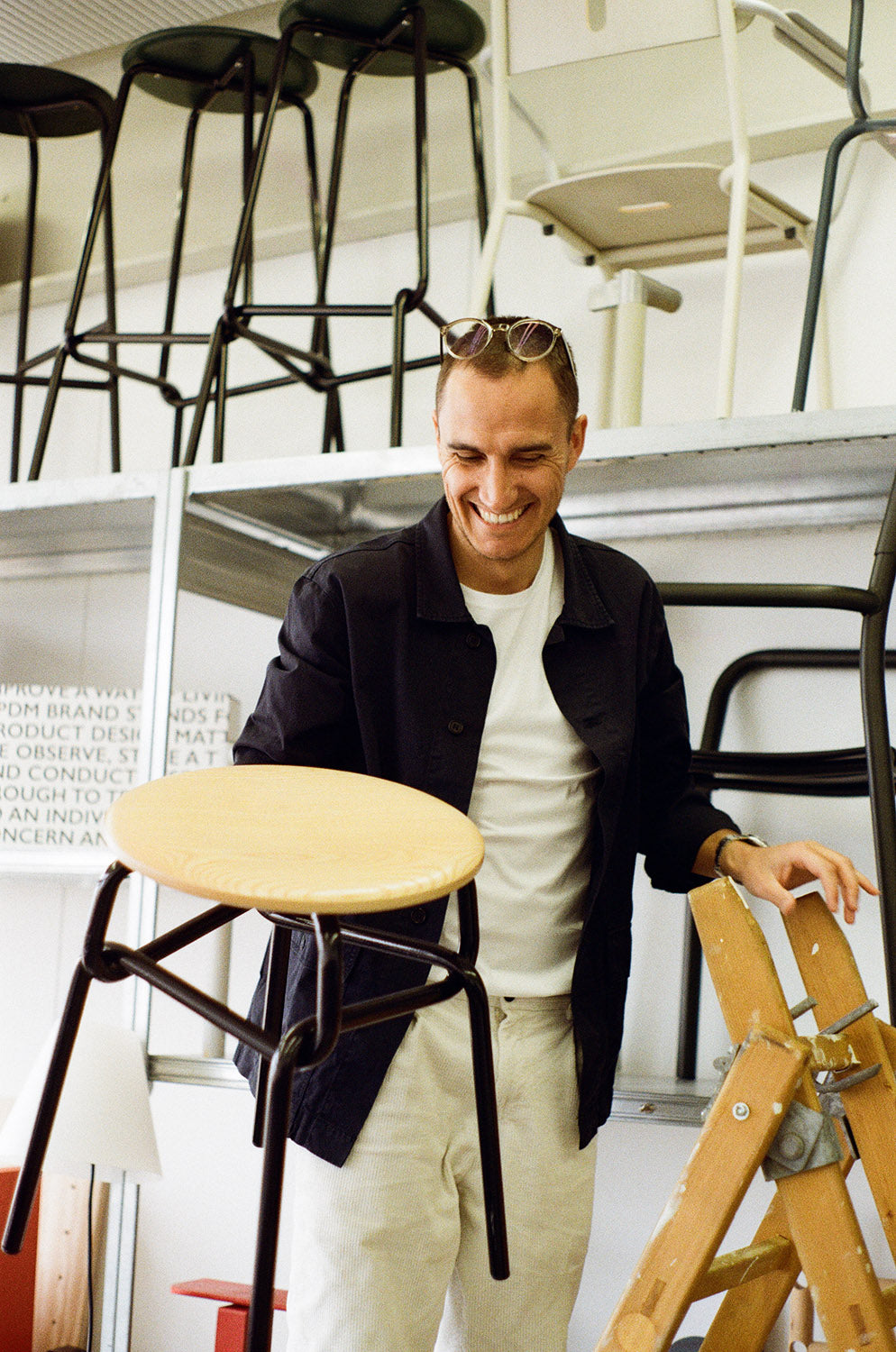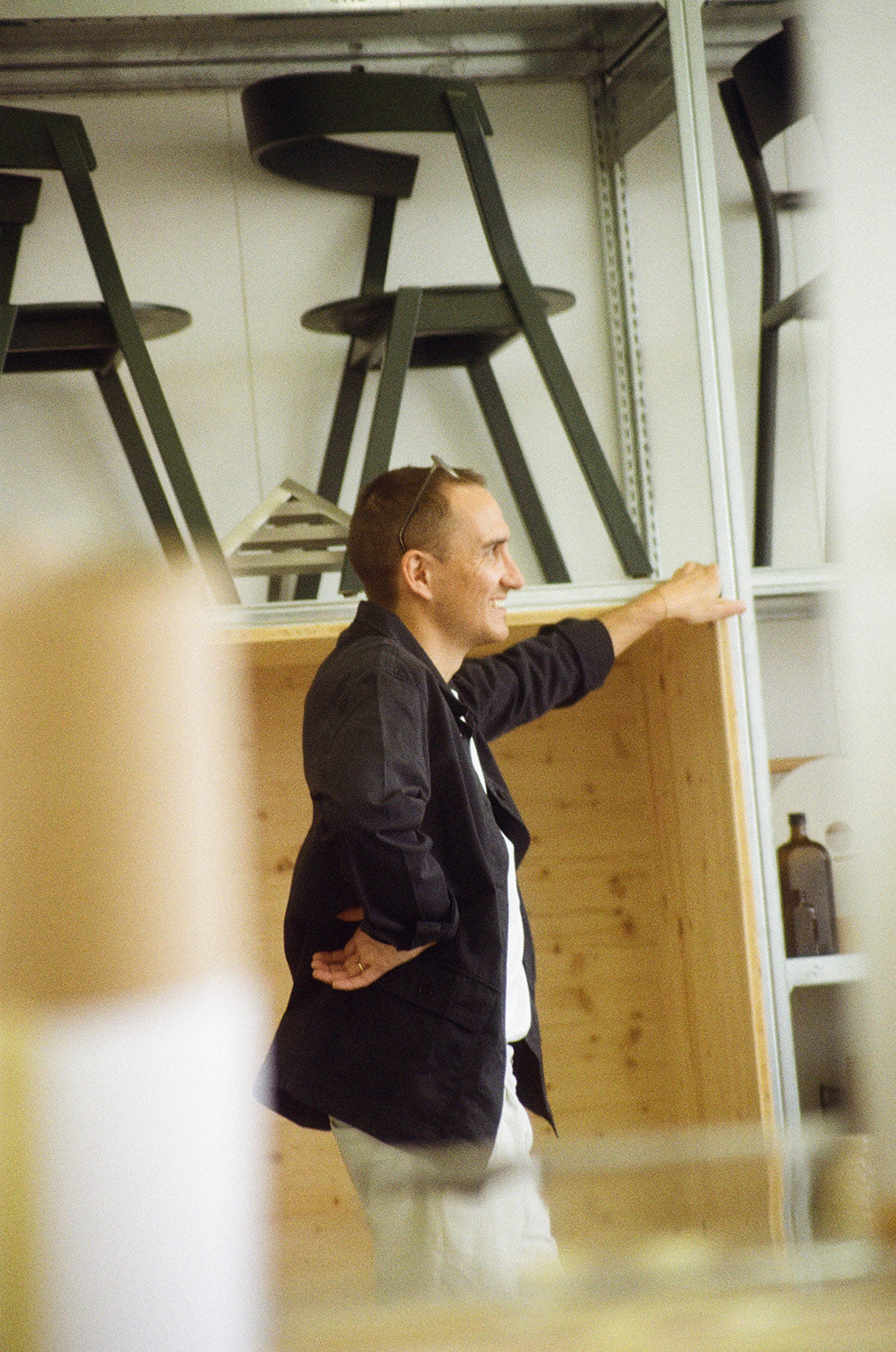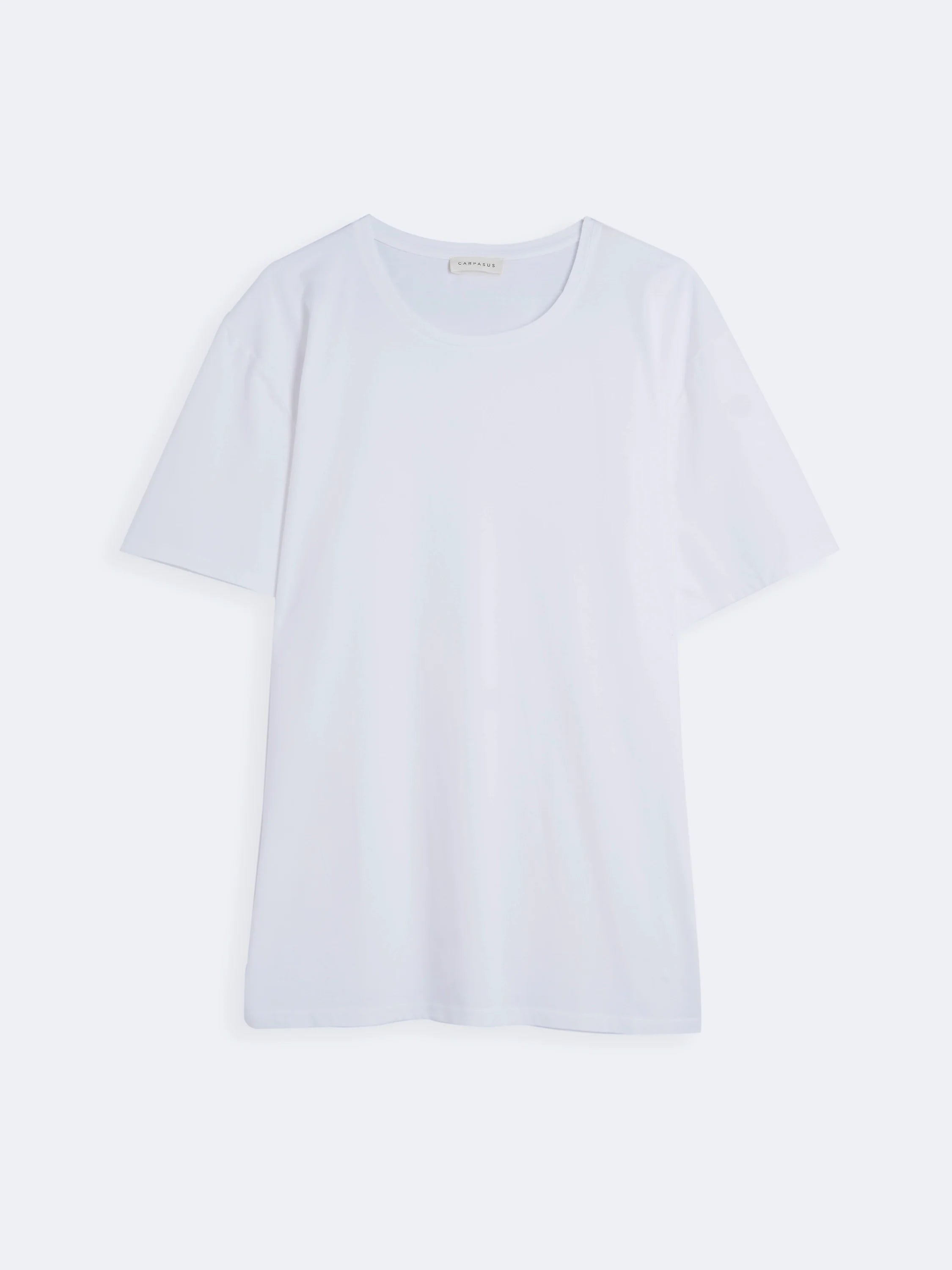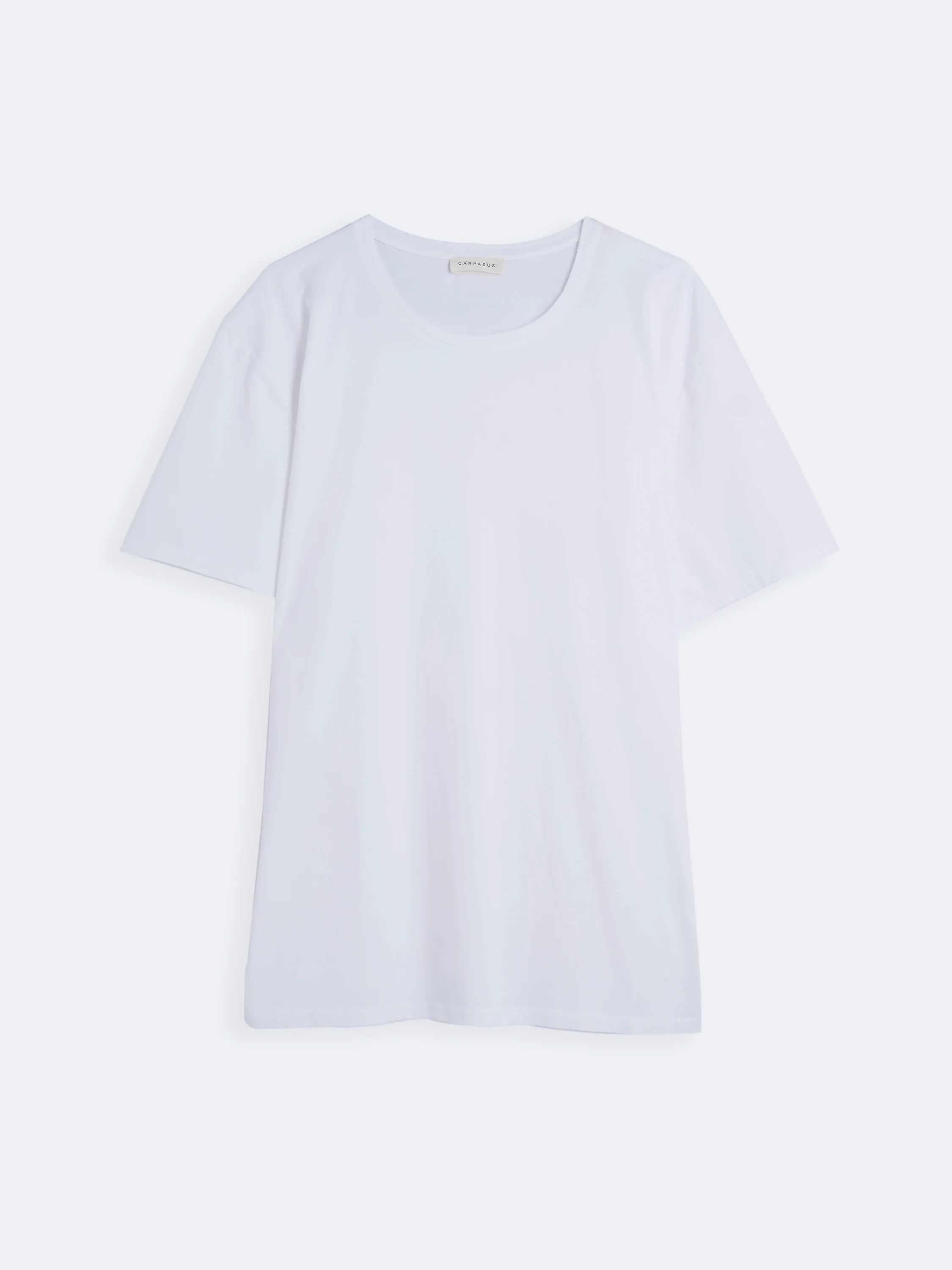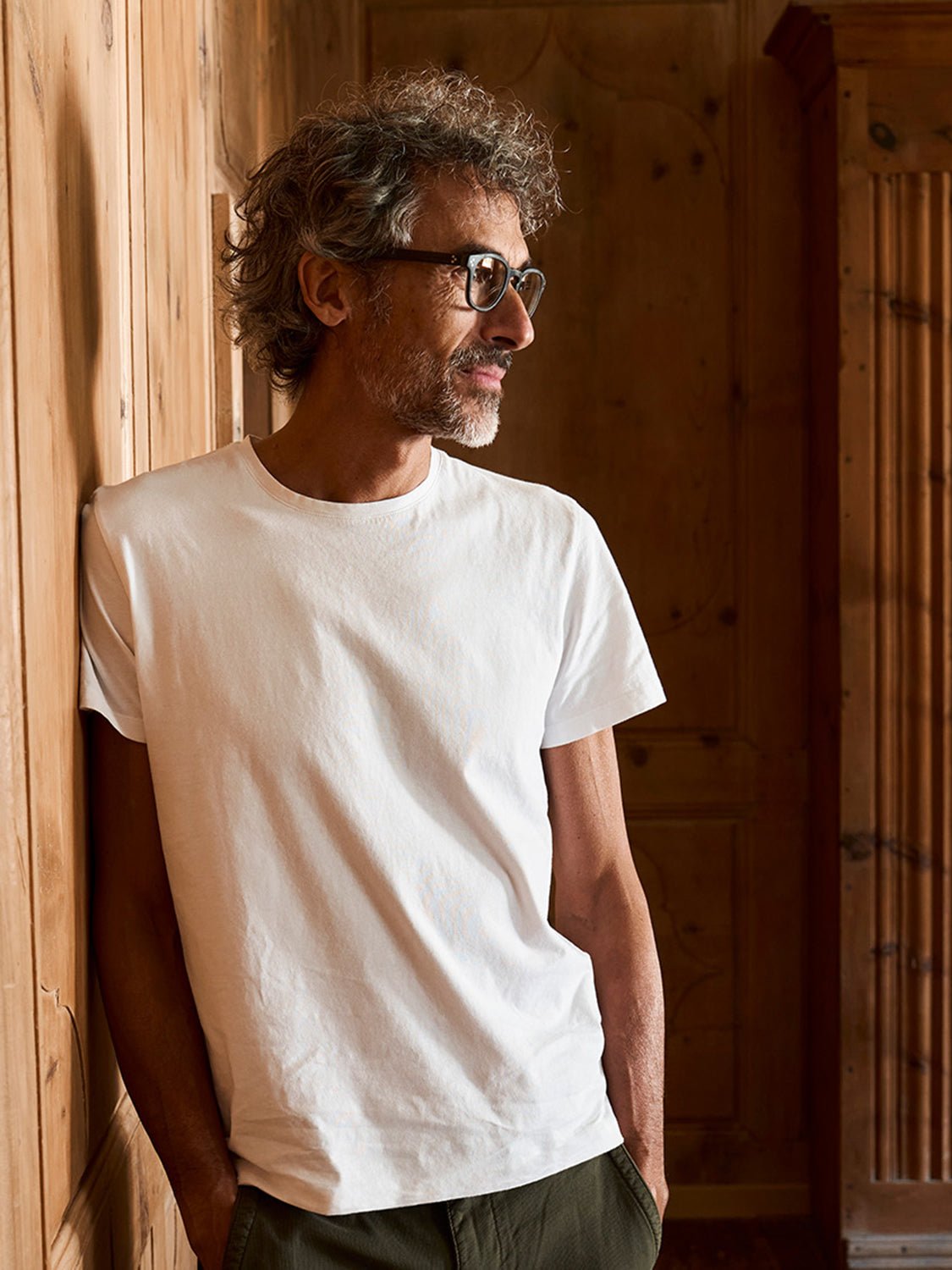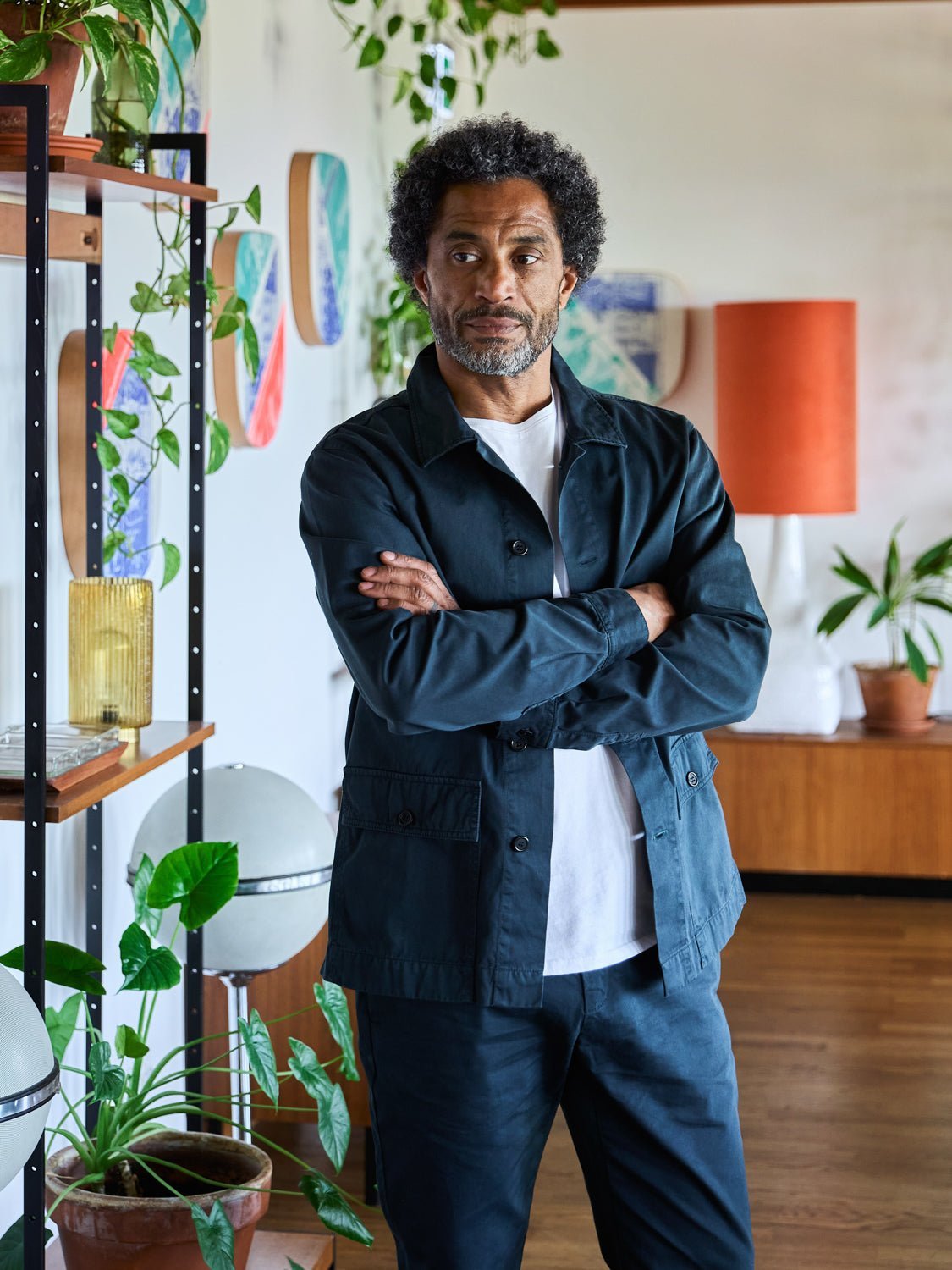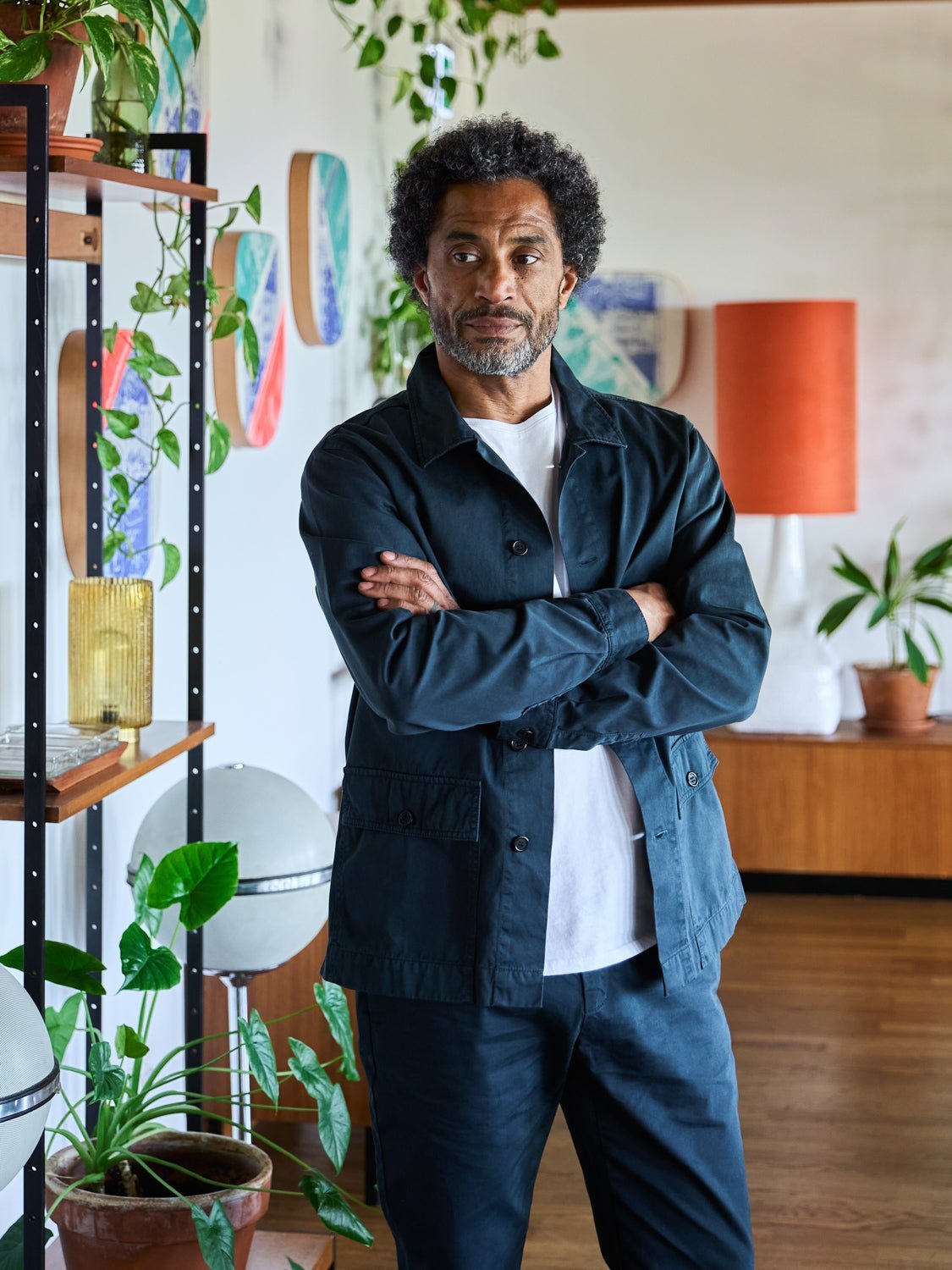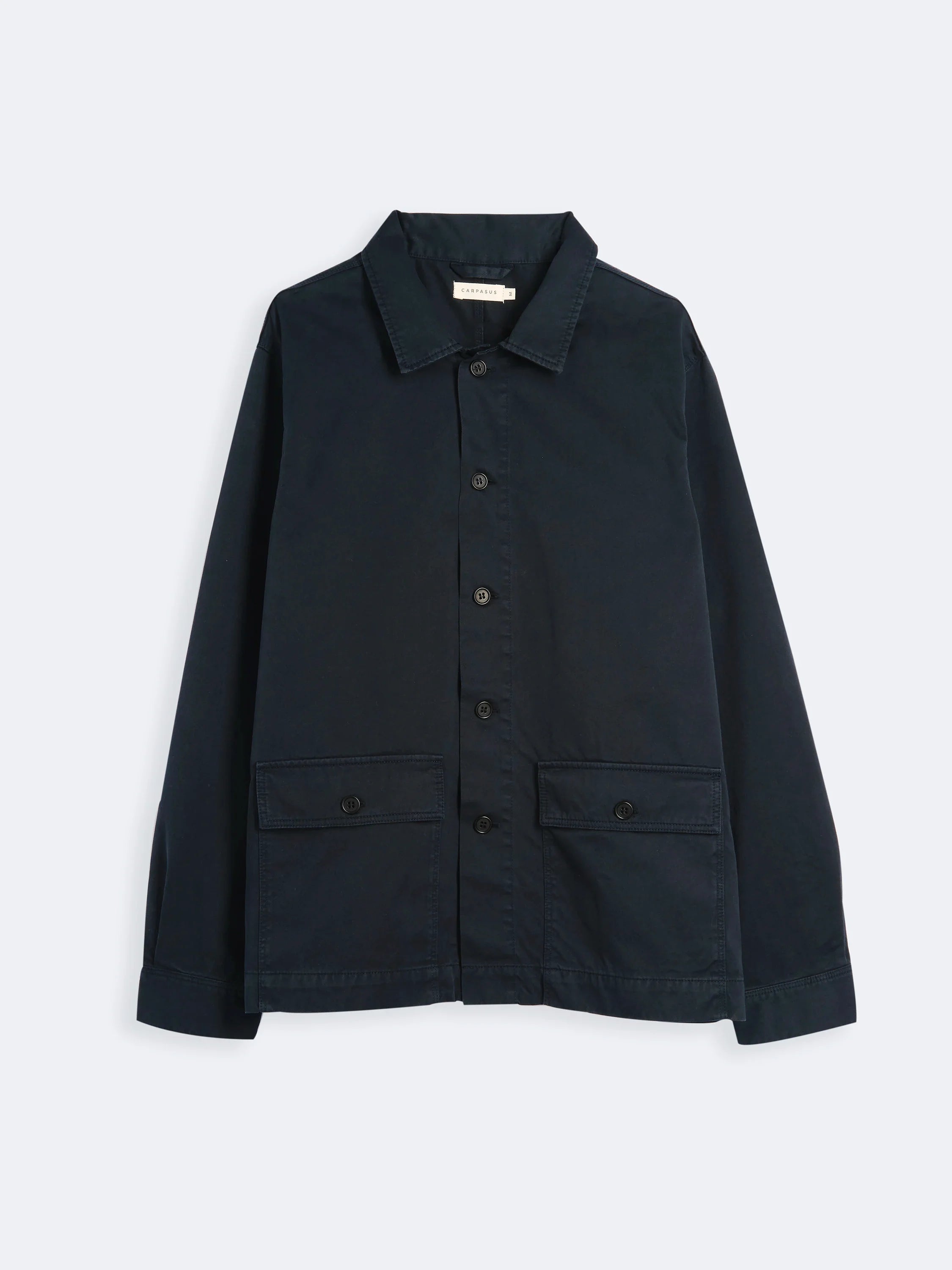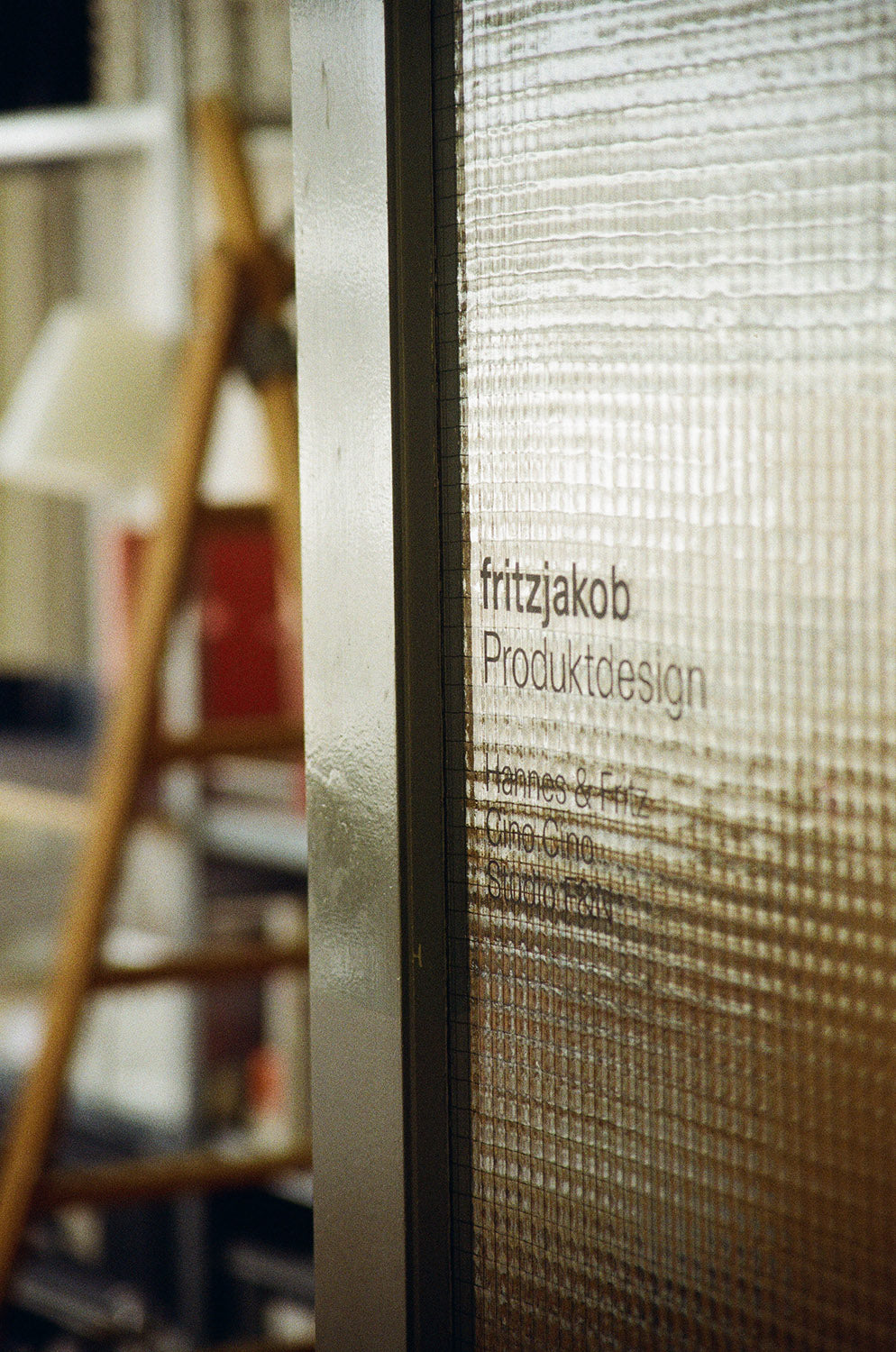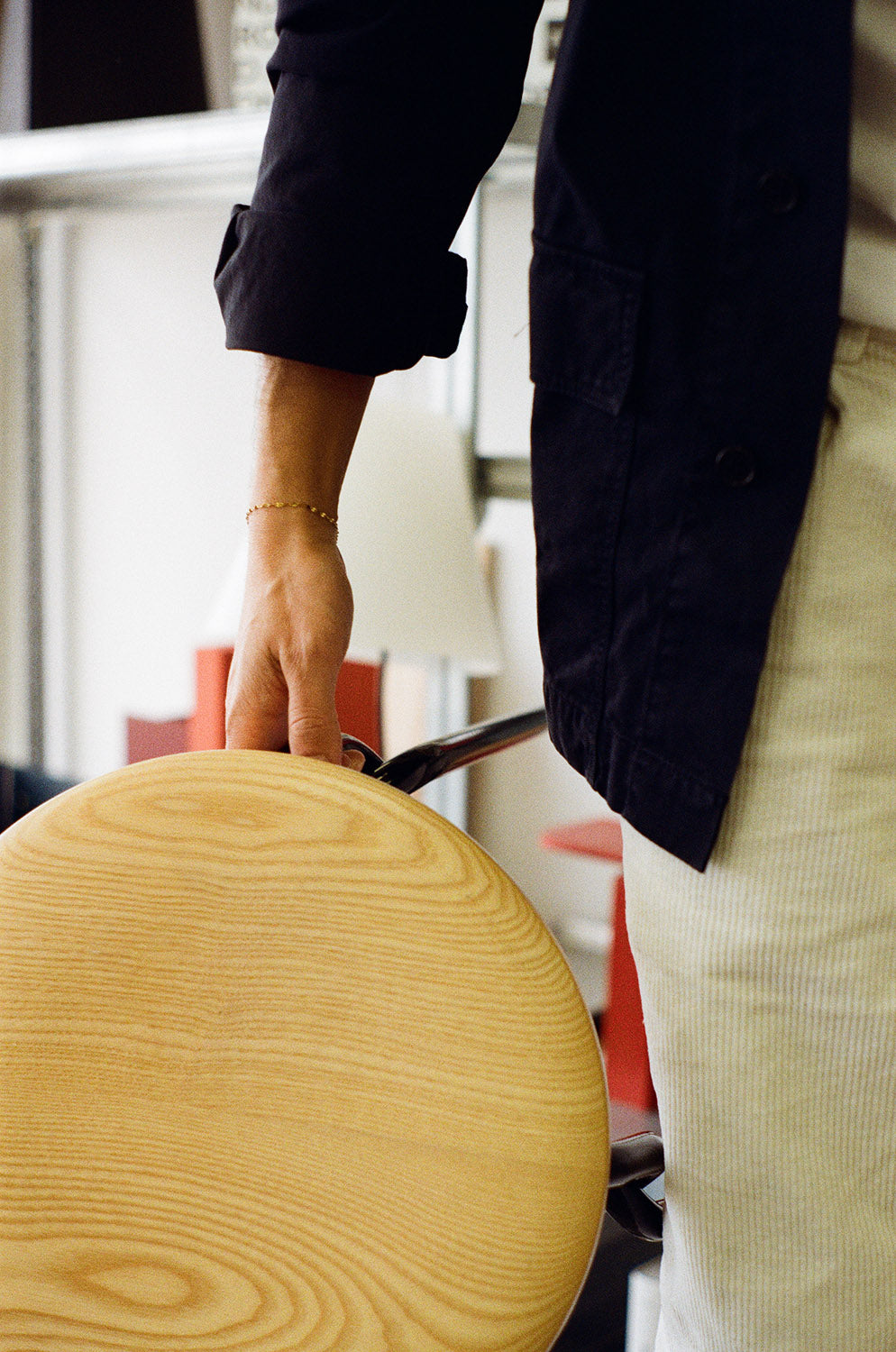Stories of Passion and Dedication
CARPASUS Portrait: Fritz Gräber
Fritz Gräber is a Zurich based designer. He designs and develops products, furniture and lighting with a focus on perspectives, (a-) symmetries and a clear sense of colour and form. He is also active in interior design. He has been a craftsman since childhood and holds a Master's degree in Product Design from ECAL in Lausanne. His projects include the redesign of the Swiss embassy in Riyadh, the lighting concept for the Wildenmann cinema and furniture collections for well-known brands such as HAY, which he realises on his own, with partners or with his wife.
Those who have known CARPASUS for some time will know that he has also modelled
for us. We met him for a chat in his studio on the SBB Werkstadt site.
I think I'm a materialist – in the sense that I like materials.
[A form] should not be overloaded. It has to be understandable. I have to be able to look at objects and understand them.
Everything is material. [...] I work with my hands all the time and learn a lot through this.
Is there a person or an event that has particularly influenced you?
There are many people who have influenced or fascinated me. I like when people are approachable. One person who inspires me a lot is Jürg Winterberg from Girsberger. He knows how to empower people and connect them with each other. I got to know him at a vernissage because he has such tattooed fingers. I probably had one too many glasses of white wine and approached him because of this. This led to a business relationship that has now lasted 15 years and has resulted in a steady stream of projects.
Are there places you find particularly inspiring?
Yes, I do like industrial-looking places. The raw nature of industrial buildings. Everything seems organised and untidy at the same time. I like that. One half of me is very organised - the other is chaotic. I think that's probably what it needs.
One half of me is very organised - the other is chaotic. I think that's probably what it needs.
The wildly creative, which then merges with the structured to create a product in the end...?
Yes, and you need a tendency to overestimate yourself. That was the case with this chair. Hannes and I had a utopian vision of this seat and backrest that could be clamped onto the metal frame. Developing the idea into a product that could be realised industrially. That was the challenge and with the necessary willpower we finally realised our idea and brought it to market with New Works from Denmark.
When I realise a design works and a product is well received – that gives me a lot of energy.
Fashion can bring some lightness to life.
What values in dealing with other people and the environment do you find particularly important?
I find openness towards other people and the world in general extremely important. Then, of course, in my job as a designer, I also deal with the issue of sustainability on a daily basis. My approach here is that the products are appealing because they are perceived as beautiful and comfortable, because they fulfill their function for as long as possible. For example, I would find it wrong to design a chair made from a new type of mushroom material purely for the sake of innovation, which is initially perceived as very environmentally friendly but then only lasts five years. Incorporating sustainable cleverness into a product makes perfect sense, but in my opinion it should not be the reason for buying a product. I think it's important to think about how things are assembled and how they can be taken apart or repaired right from the start when designing products.
I think it's important to think about how things are assembled and how they can be taken apart or repaired right from the start when designing products.
Fritz' Look
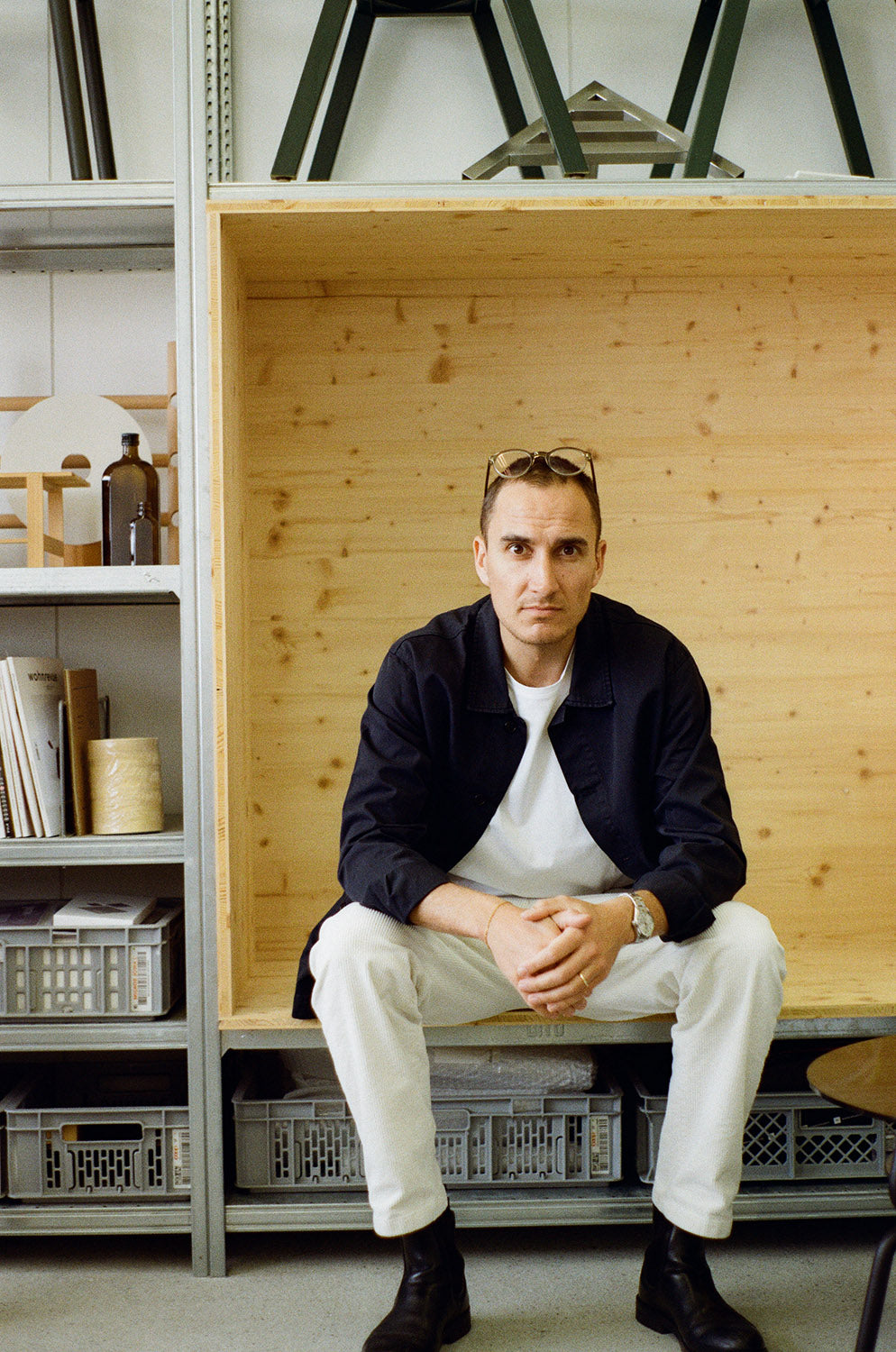
What's behind
CARPASUS Portraits
CARPASUS Portraits showcases inspiring, bold and creative individuals from our community who give their all for their passion. We visit them in their studios, kitchens, ateliers, offices, and workshops, chat with them, and photograph them in their favorite CARPASUS pieces.
Photos: Simon Costabiei

